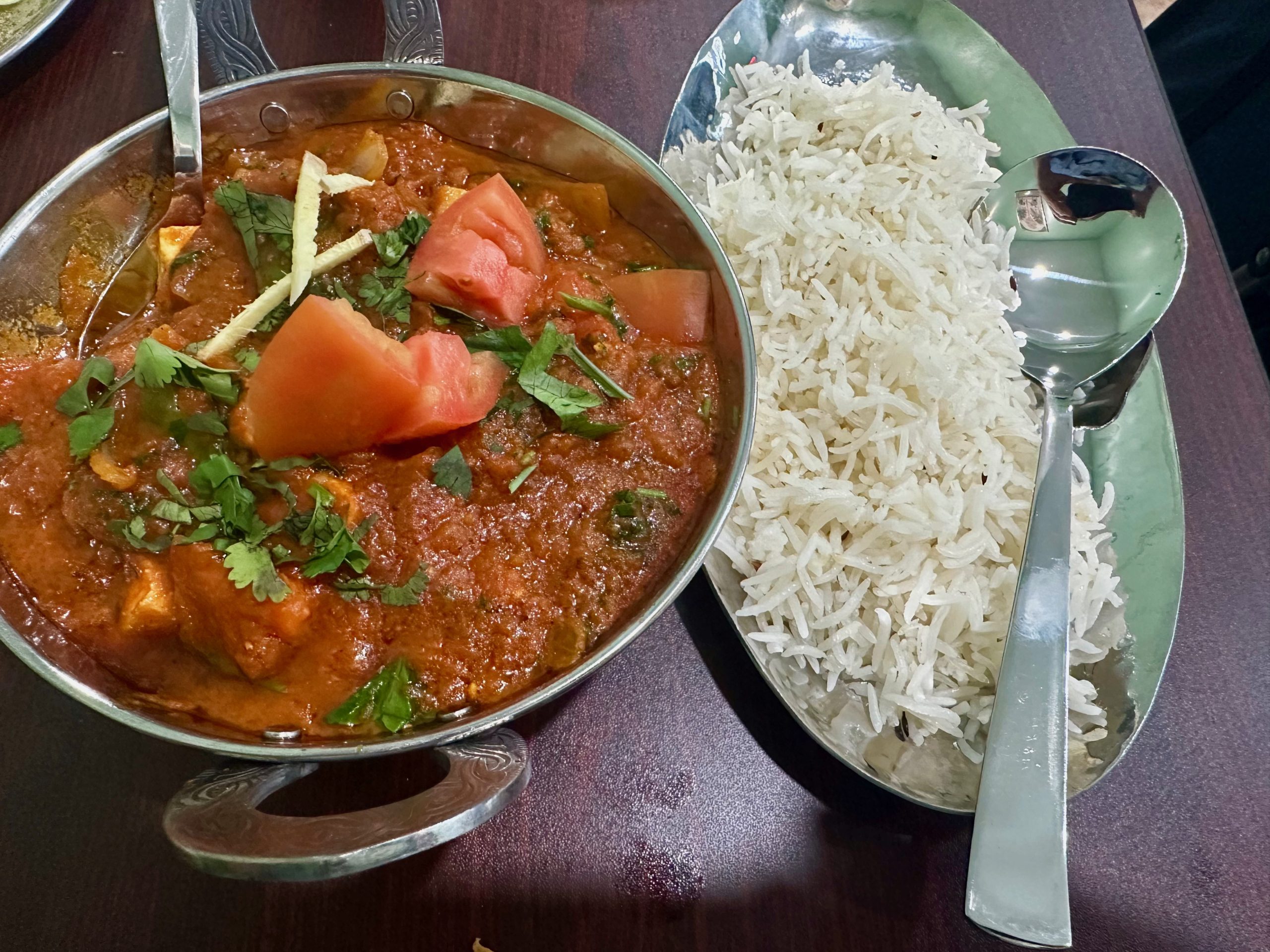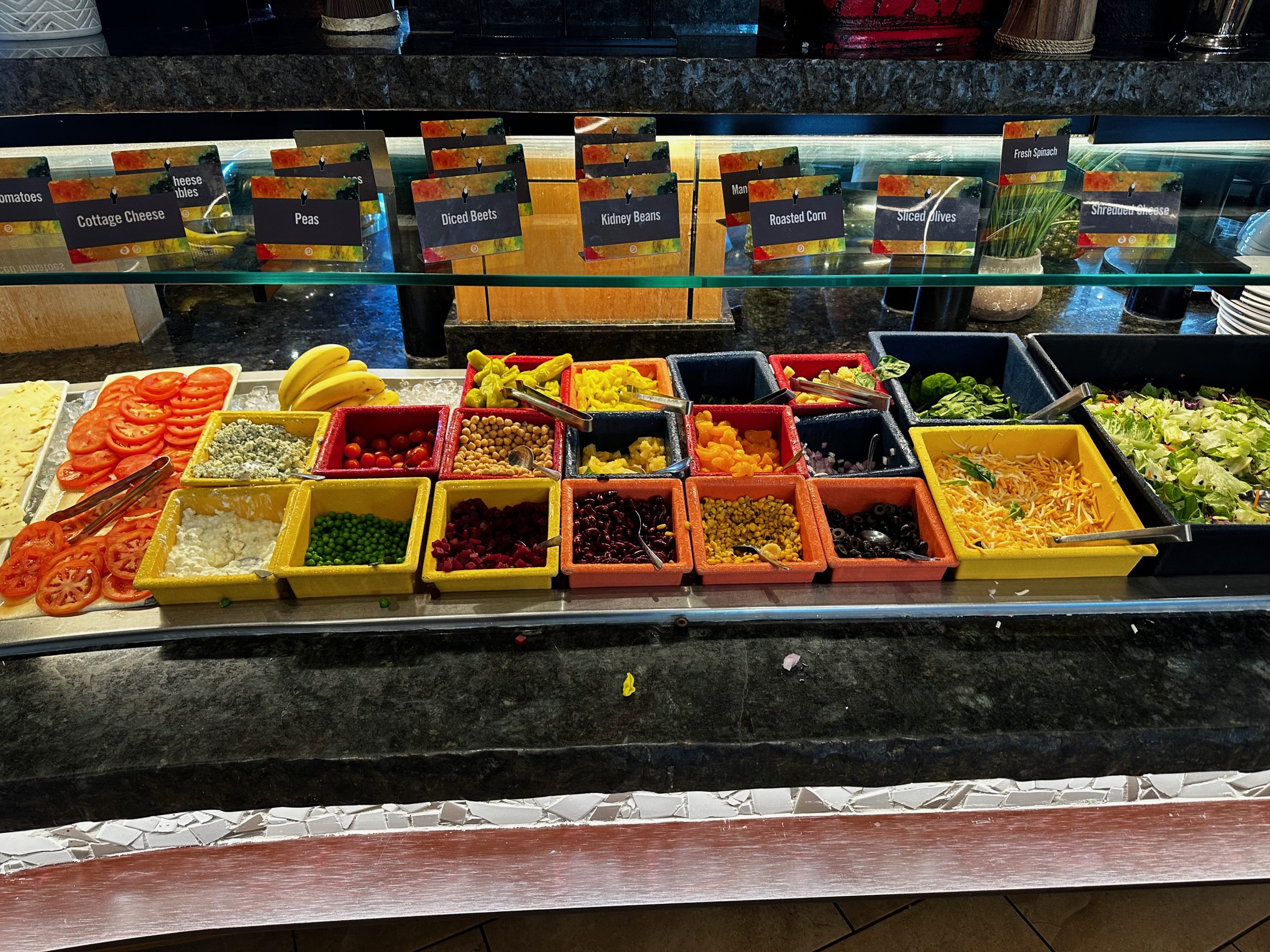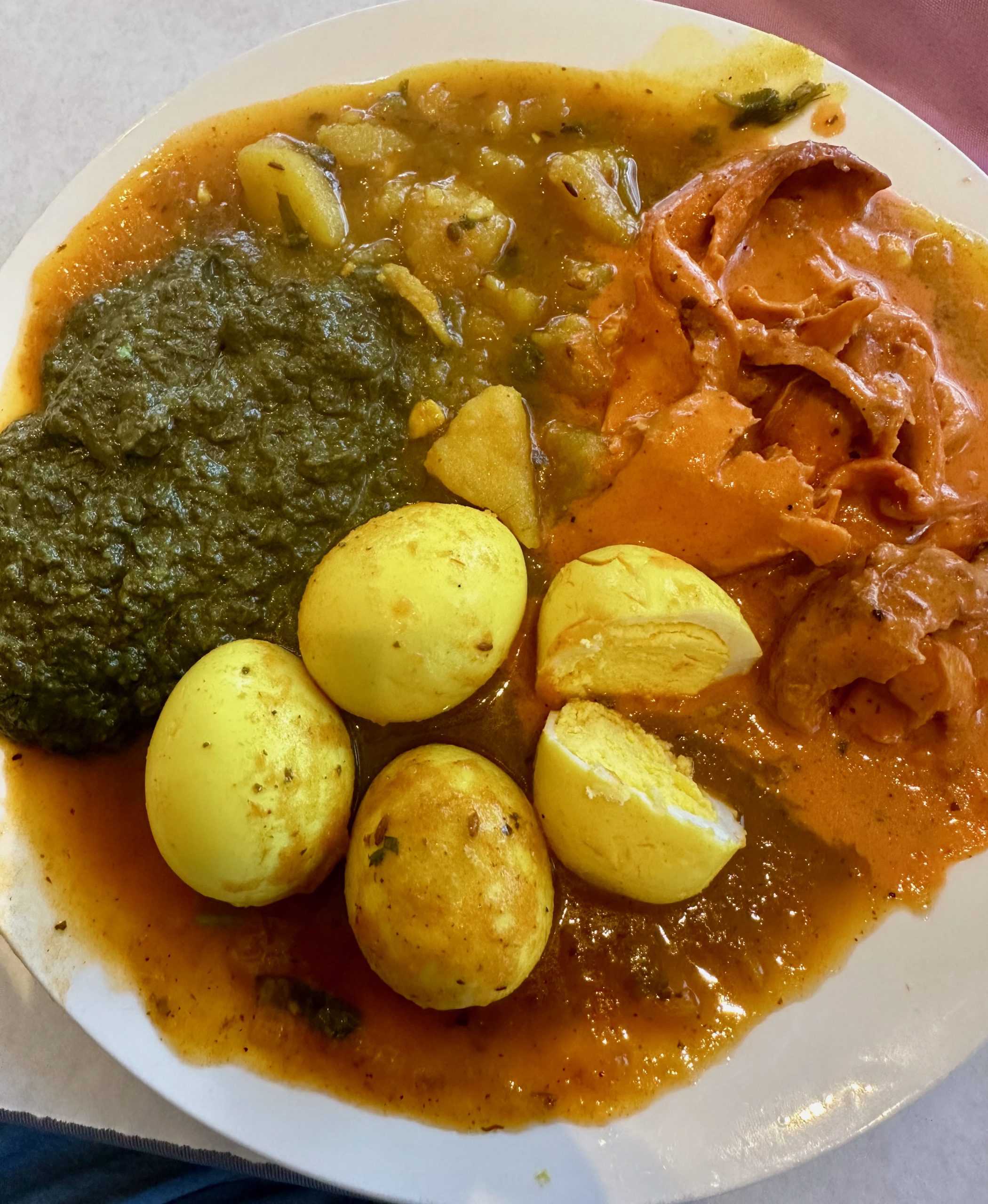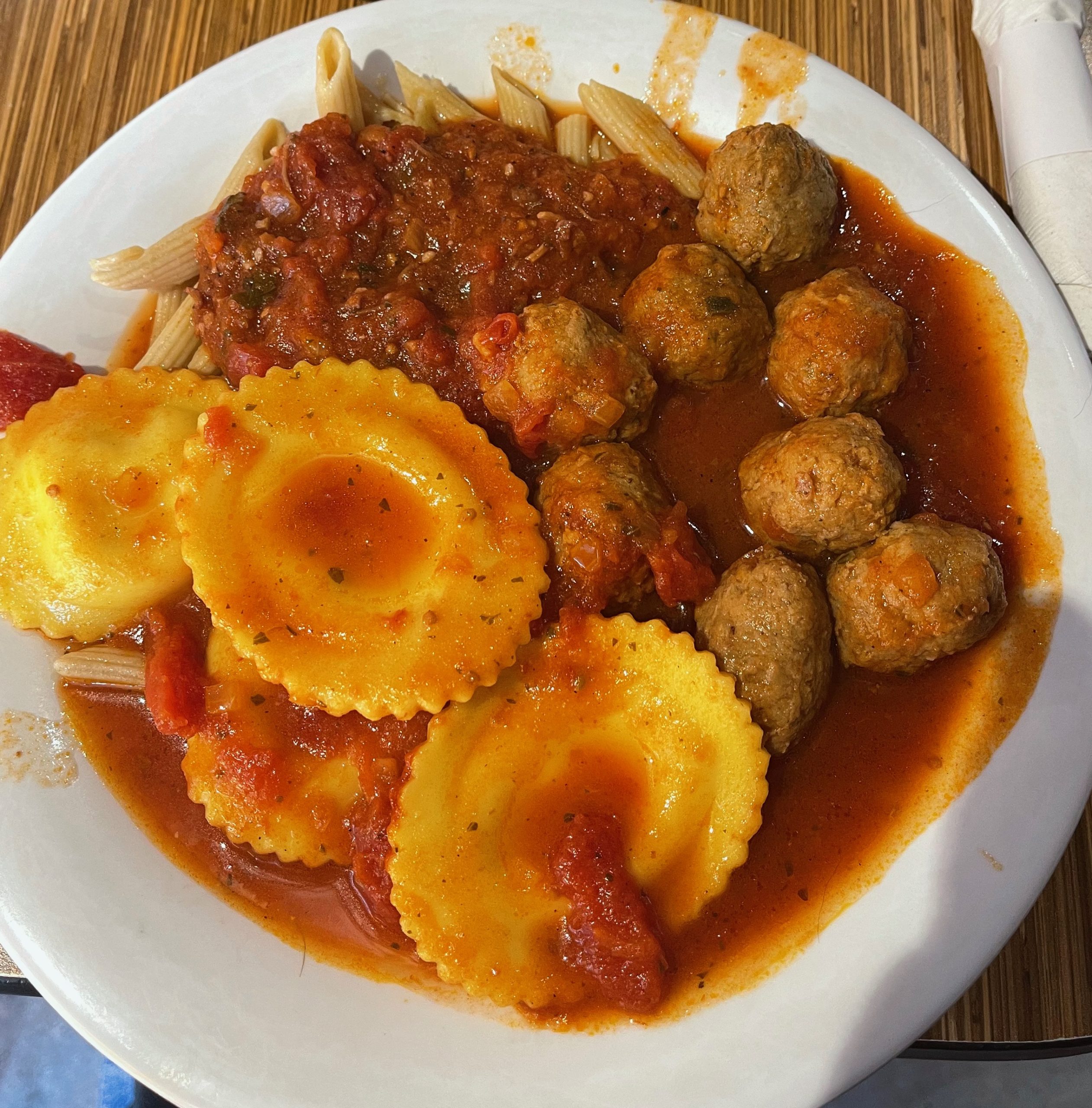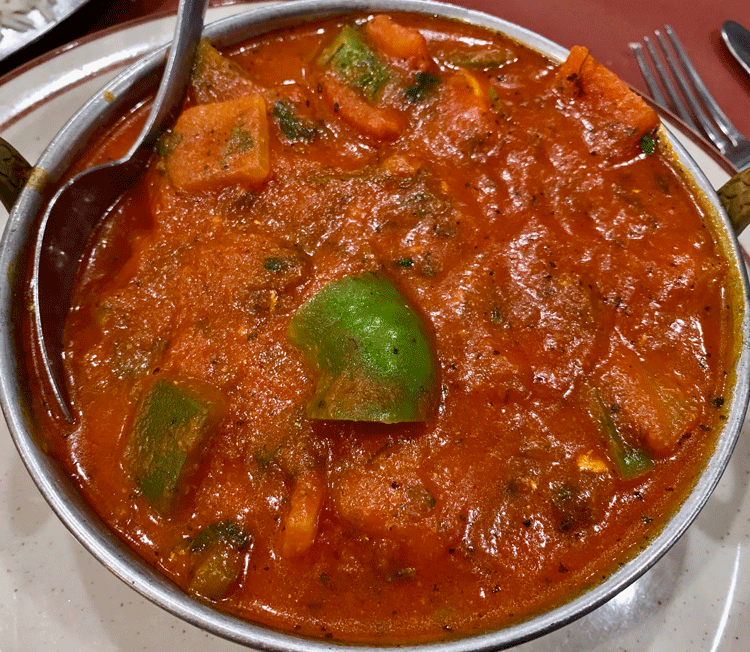Maharaja Indian Cuisine – Albuquerque, New Mexico
In his Netflix “23 Hours to Kill” special, comedian Jerry Seinfeld posed the question: “What is the idea of the buffet? Well, things are bad. How can we make it worse? Why don’t we put people that are already struggling with portion control into some kind of debauched Caligula food orgy of unlimited human consumption?” Frankly, that’s a notion I’ve contemplated myself, but it’s not the only reason I don’t partake of buffets. As an independent observer of the culinary condition, reviewing buffets–irrespective of how good they might be–is not a true indicator of a restaurant’s quality. For that, you’ve got to order off the menu. Please don’t get me wrong. I’m not anti-buffetite. My Kim loves buffets. So does…


